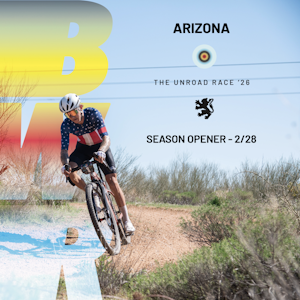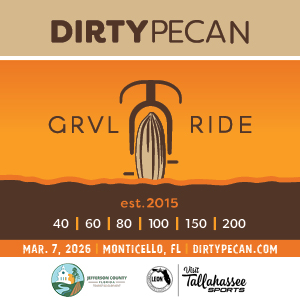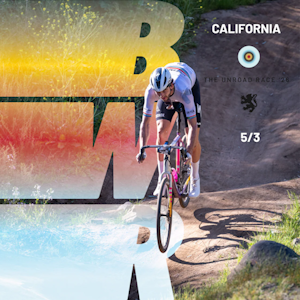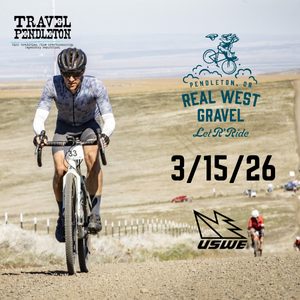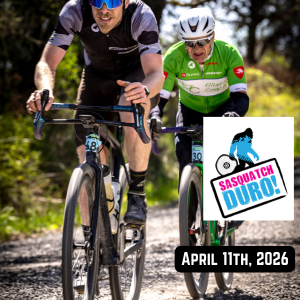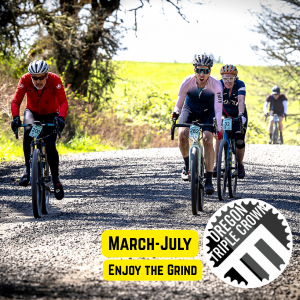Prepping for Haute Route – An Idiots Guide, Part 2
Written by Jim Cotton, the Idiots Guide is a series of articles helping cyclists to prepare for, and take part in Haute Route. As a Haute Route ambassador, Jim leverages his passion and experience to provide real world tips
Part 2 – Your Training
Train with purpose, and do it quantitatively
Haute Route is in August and September. You don’t want to be flying in June and then totally bolloxed in July. Similarly, if you’re going to go on a training trip to the mountains, or thinking of entering a big GranFondo to hone your form, you don’t want to do it the week before you take on the Haute Route.
You need to have some sort of structure and purpose to your wider season, aiming to peak in August and allowing some time to taper before you head to Tolouse, Nice or Geneva. I’ve written a whole piece about season planning here, so I won’t go over it all again. Go have a read.
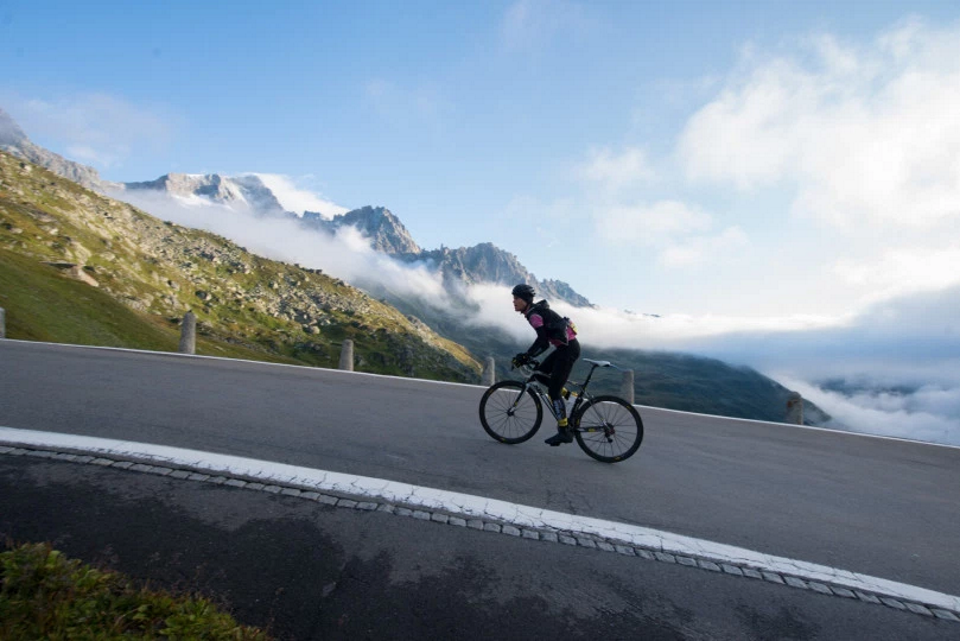
Power
 In order to achieve structure and purpose to your training, i find it really helps to have some sort of metrics or data to work with. As much as it turns you into yet another of those tools who sits in the cafe mid-ride throwing around chat about FTPs, Training Stress, and Power Zones (like me), having a power meter will really help you. I’ve written somewhere else in this blog, that, if you only have £500 or so to invest in training, I’d always suggest a power meter before anything else. Blingy wheels can wait. And unless your drivetrain is totally devastated, an upgrade of that can take the back seat too. A power meter will let you understand exactly where your fitness is, will mean you can do proper interval workouts, and will help you to understand when you’re doing too much.
In order to achieve structure and purpose to your training, i find it really helps to have some sort of metrics or data to work with. As much as it turns you into yet another of those tools who sits in the cafe mid-ride throwing around chat about FTPs, Training Stress, and Power Zones (like me), having a power meter will really help you. I’ve written somewhere else in this blog, that, if you only have £500 or so to invest in training, I’d always suggest a power meter before anything else. Blingy wheels can wait. And unless your drivetrain is totally devastated, an upgrade of that can take the back seat too. A power meter will let you understand exactly where your fitness is, will mean you can do proper interval workouts, and will help you to understand when you’re doing too much.
In the absence of a powermeter, there are other things you can use ‘real time’ to help you train; a heart rate monitor can be useful and allows you to train to a metric and zone of sorts, but is highly unreliable; if you’re not fresh, your heart doesn’t react in the way it should and will probably sit at the same low bpm even when you’re chewing your own eyeballs with effort. So use it as a training tool with caution (also because heart rate response to exertion can be slow, so it’s no good for short intervals). Another option is using a turbo trainer package with virtual power, like Zwift or TrainerRoad. The huge downside of Zwift of course, is that you will be yet another person filling my strava feed with annoying pictures of virtual worlds. Lame! (I’m just jealous because my laptop is too archaic to run it).
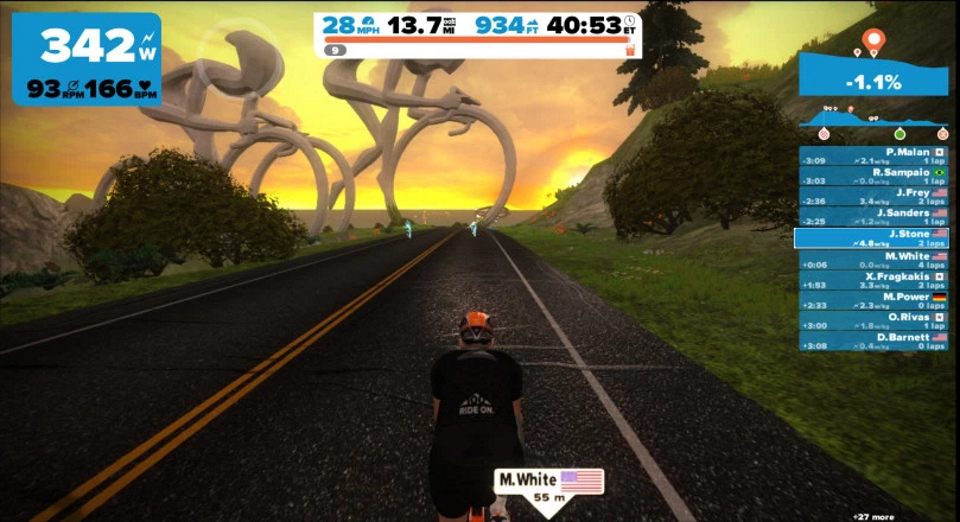
Protect your mojo
Its hard to describe what your mojo is exactly. If you’re not sure what I mean, it’s the fire in your belly, your ‘va va voom’, your je ne sais quoi. Do you understand what now? No? Ah well, you’ll pick it up eventually.
Think of your mojo as a changeable, fickle and flighty little creature, with the moodswings of a cat and the ability to affect the quality of your life as your boss. You need to pay it a lot of attention, you need to care for it’s every want and whim and sometimes you need to treat it very carefully.
 If your mojo is burning bright, life could not be better. Your legs are firing, you appetite for – and tolerance of – pain is high, you want to ride 24/7. When your mojo turns on you however, life can really suck. You can’t face the idea of training, you’re sick of the non-stop routine of feed, ride, refuel, maintenance, laundry, sleep. It’s quite incredible how quickly you can sway from one to the other. I tend to find it’s a consequence of either a lack of variety or new challenge to your riding, or a sign of overtraining.
If your mojo is burning bright, life could not be better. Your legs are firing, you appetite for – and tolerance of – pain is high, you want to ride 24/7. When your mojo turns on you however, life can really suck. You can’t face the idea of training, you’re sick of the non-stop routine of feed, ride, refuel, maintenance, laundry, sleep. It’s quite incredible how quickly you can sway from one to the other. I tend to find it’s a consequence of either a lack of variety or new challenge to your riding, or a sign of overtraining.
When your mojo slips, get to the root cause as quick as you can:
How long has it been since you rode with different ride partners?
How long since you explored new roads, took on new climbs, experienced a fresh descent?
Have you been doing the same workouts and sessions for weeks?
Most importantly; how long since you had a rest? Like a proper rest of more than one whole day off the bike?
I tend to find the answer to mojo woes in one of these questions more often than not.
Once you think you’ve found the problem, rectify it as soon as possible. If you’re not sure why you’ve lost your mojo, I tend to find a day or two away from the bike works. Do something totally different; go see friends, go to a new area of town for the day and mooch about, go to the cinema Y’know, stuff normal people do? Remember them? Non-bike people?
If you fail to keep your mojo happy, stagnation soon occurs, and with that your love for the bike can wane. And it’s the love for riding that makes us sign up for things like Haute Route in the first place, so remember the bigger picture.
Embrace the turbo (sorry)
Sorry folks, but a turbo is for life, not just for Christmas. What I am trying to say via a slightly convoluted metaphor is that your trainer is not just for winter or wet days. Your turbo is a vital tool in your training armoury to be employed year round.
cave1With a turbo, you never have a reason for skipping a workout. If, like me, you live in a busy city and you only have an hour, a session on the turbo will be a lot more productive than fighting through traffic for the first few miles to get to quieter territory. You can achieve a lot in the depths of the turbo cave in as little as 30 minutes if that’s all you have.
Where else can you guarantee you’ll find somewhere to spin away at a super high cadence for a recovery ride, or repeatedly hit xxx watts for 3 or 4 minute bursts during an interval session, or do a fasted ride without fear of pooping out and fall into a porridge craving heap in the middle of the countryside? You know what the answer is.
I reckon I use my turbo a few times a week even in high summer. It sucks, but it’s worth it.
N.B. To maximise productivity and enjoyment of a turbo session, refer to this idiot’s guide before getting started.
The next two are not so much about training, but more about skills and experience to have under your belt…
There’s more to life than mountains (unfortunately)
A lot of people think that Haute Route is all about hills. This is very wrong. Although on the below profiles, all from 2016 stages, the bloody big spikes stand out the most, have you thought about all those flat(ish) bits? Unfortunately you don’t just glide between them.
Riding in mountains means riding in valleys. In a lot of cases these are far from flat. A lot of them are grinding 2-3% drags that can really break you down both physically and mentally, especially if caught on your own. As such, a lot of large groups form up in these valleys, with hopefully the work on the front being well shared out. I remember being caught on the long drag to Auron on the Alps profile above on me todd in 2015, which used the same finale to the stage. This is around 35km long. That’s a long way! I was left in the awful conundrum at the start of this drag of being on the front of a relatively slow bunch who were more than happy to let me push away solo for km over km, when a steamtrain of much faster riders jumped past. Like the doomed rider trying to jump on to an echelon spinning off into the distance, I rode the slow group off my wheel, never to quite catch the fast group.
Cue an hour plus of remorseless flase flat. i guess what i’m trying to say is that:
Be comfortable riding in big groups; Haute Route isn’t just the long solo mountain miles you envisage. Make sure you can hold wheels in big bunches and don’t get nervous being crowded out, know your group riding etiquette (shout out dangers etc), and even silly things like be comfortable grabbing food from your pocket and getting into the wrapper whilst in amongst many others. I tend to ride solo 90% ofthe time, but i do try to get out in groups every now and then as much to remember how to do all this stuff as for the companionship and variety.
The long solo mountain miles require good hour long power outputs, and this is key. But being able to kick is also helpful. If i’d been able to jump onto that fast group that steamed past me last year, I’d have saved A LOT of energy and made up a load of time. I’m terrible at short accelerations, but am trying to work on it. Vo2 reps on the turbo, all out hill reps etc are the key here.
Your training rides needn’t be all about tryigng to find every hill in your local area. Indeed, living in South East England like me, there are no hills longer than about 10 minutes. And riding these doesn’t really prepare you for the mountains. Sure, smashing it up a berg in Kent will certainly get you fit, but remember there’s more to life than that
What goes up must come down
Lastly for this point, perhaps the most important point regarding being multi skilled: descending. Time for another interesting (read: maybe interesting) anecdote from the Alps:
 There was one guy who i always used to (ok, used to about 70% of the time) drop on climbs in the Alps. I always used to recognise him and we’d have a little chat as i struggled by. Then, on the way back down, the bastard would sail past me, descending like Nibali (it must be an Italian thing), effortlessly gliding around the bends, gaining minute after minute on me, all for zero effort. The tale finishes nicely with us two becoming good friends whilst spending much of the intolerable drag up the Lautaret and over Galibier together, and we were planning to room together for Tour of Wessex before he unfortunately had to pull out… Hi Pasquale! He also runs the best pizzerias in London. GO. Very oddly, as I was looking on the Haute route website for images of a descent, here he was!
There was one guy who i always used to (ok, used to about 70% of the time) drop on climbs in the Alps. I always used to recognise him and we’d have a little chat as i struggled by. Then, on the way back down, the bastard would sail past me, descending like Nibali (it must be an Italian thing), effortlessly gliding around the bends, gaining minute after minute on me, all for zero effort. The tale finishes nicely with us two becoming good friends whilst spending much of the intolerable drag up the Lautaret and over Galibier together, and we were planning to room together for Tour of Wessex before he unfortunately had to pull out… Hi Pasquale! He also runs the best pizzerias in London. GO. Very oddly, as I was looking on the Haute route website for images of a descent, here he was!
So, to the point – descending allows you to recover, and, if you’re good at it, can gain you A LOT of time. Unfortunately, it’s not something that can be practiced much in the UK. Pasquale is lucky in that he’s naturally a confident descender, is very experienced, and had ridden a lot in the Dolomites in the summer before Haute Route and so was ‘on form’.
If possible, it would really help you to get to the mountains before Haute Route. When you get there, think about practicing descending as much as getting up the hill. Try to concentrate on picking your line, on intelligent use of the brakes, knowing how to position your body.
I’m not a great descender, but am lucky that i will have time in the mountains in June and July to gain some experience. Just be prepared for those first few descents… if you’re a bit nervous and inexperienced, try to follow the lines of others that are passing you, and remember that it is DEFINITELY better to be cautious rather than over-ambitious. And be prepared for riders to whizz past on all sides. You need to concentrate and not just gaze at the glorious landscapes; make sure you eat and drink before you start descending to ensure you’re refuelling for the rest of the stage, and just as importantly, so your brain and focus is at 100%.
Oh, and always carry a gilet or lightweight jacket when climbing high mountains. Descending at up to 80kph for 40 mins+ at a time is chilly.
That’s it for Part 2 ! I hope you gained something from it?
Look out for Part 3 coming next week ...
Jim also writes a blog about the trials and tribulations of life as an enthusiastic amateur rider - mountainmutton.wordpress.com
Jim Cotton
Haute Route Ambassador
PHOTOS Credit: Haute Route, Manu Molle



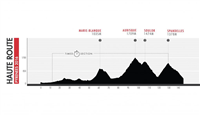

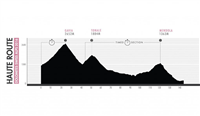
 Sun Jan 18 - 4am, 9am, 3pm EST
Sun Jan 18 - 4am, 9am, 3pm EST